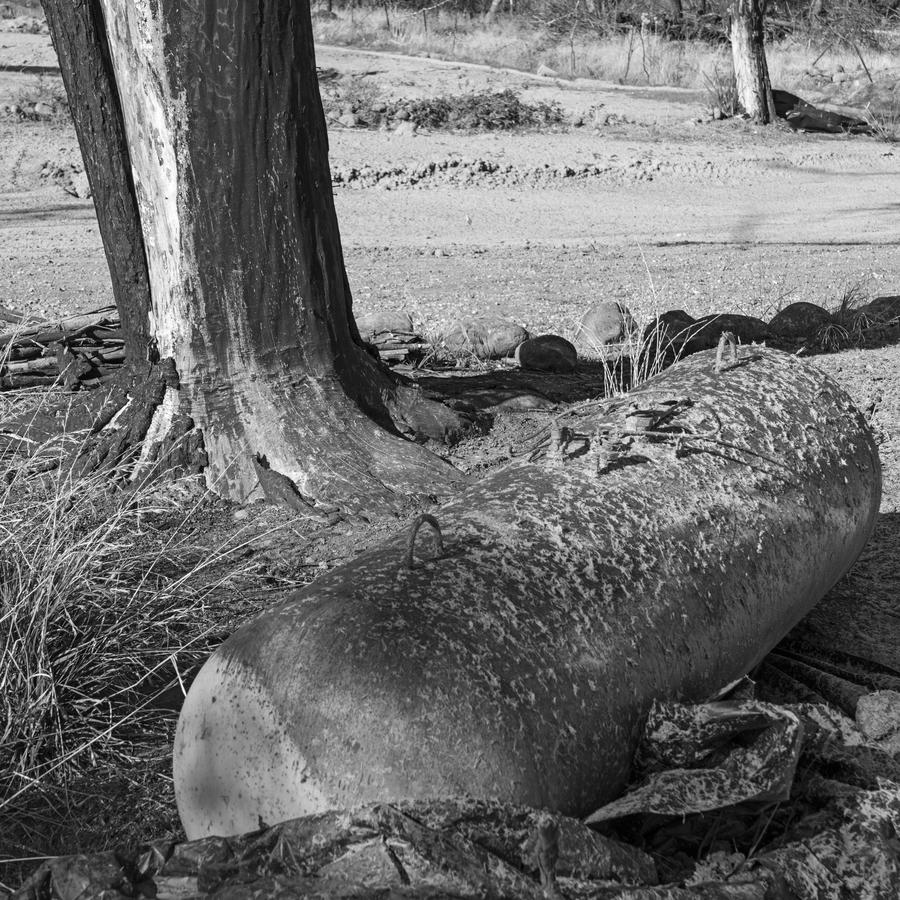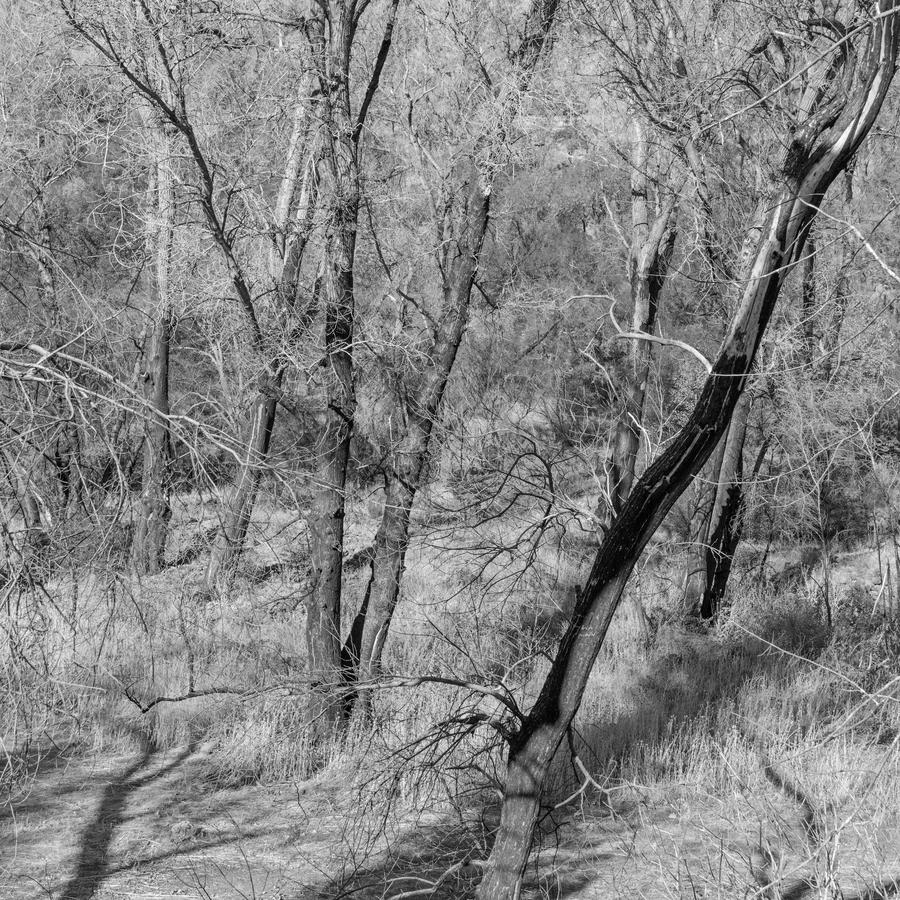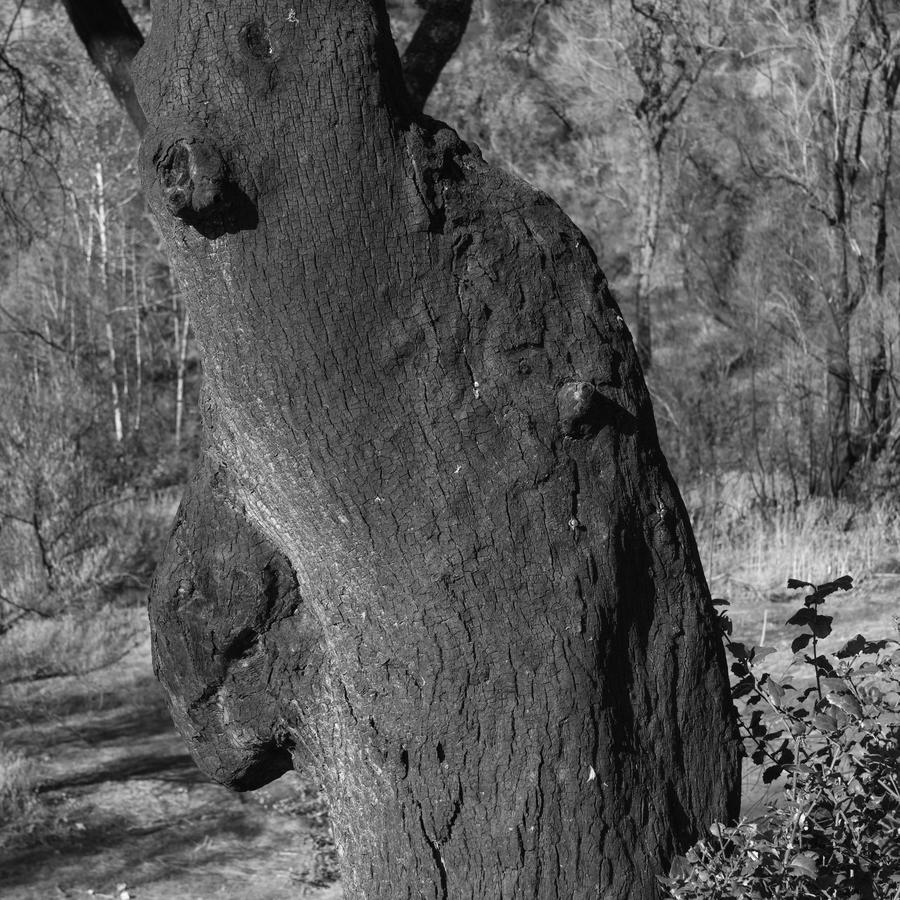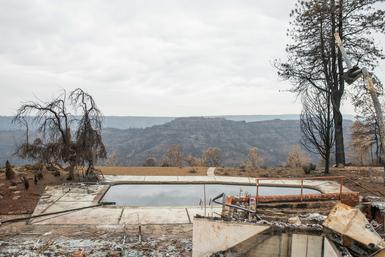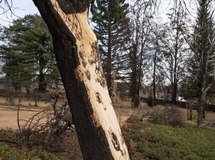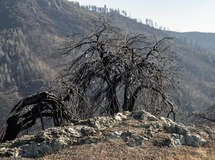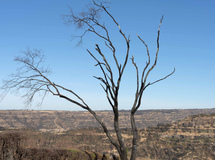Field #2
Here goes:
I’ve been riding a lot. There are great bike trails here. I live in Acton MA since early April (the Assabet and Bruce Freeman Rail Trail are right here).
I’ve never been a great rider and hills used to be agony. But with practice, it all becomes better.
I no longer dread the climb out of the little valley I live in each morning. And I am riding longer. This all feels really good. I ride daily now early before it gets hot.
At any rate, I have seen some tremendous material as I ride. If I had a camera would I stop? Maybe I could bring a camera, I thought. Or come back with a car to get close to shoot what I’ve seen? I’ve brought the Sony on the bike a few times, but, although lighter than the Nikon, it is still pretty bulky and fragile so it sitting at the bottom of a backpack doesn’t seem like such a great idea. One time I saw something along the edge of the river, stopped, ran the bike into the woods, got the camera out, started shooting and the bugs found some fresh meat and tore into me. I now ride with Cutters.
Today I did things a little differently. I’ve had my eye on a field for a while. I first discovered it last week at the very end of the Bruce Freeman trail, tucked deep into the woods.
There is another “Field" on my site:
https://nealrantoul.com/projects/field
Made a few years ago behind the Medfield State Hospital. This one made me think of that one. I know we are doomed to repeat past successes but this new field was truly gorgeous and could not remain unphotographed. Both these fields hold rich pasts, histories of events, and uses.
I figured I would do a scouting trip. Bring a camera. Try to drive as close to the field as I could, park, bring the camera and if I wasn’t parked too far away I could hike in. I might make a few pictures. The light was good, it was just after a thunderstorm and the air was thick and the foliage was wet.
I drove around for awhile using as a base West Concord, trying to parallel the bike path and get as close to this field as possible. The field had no road or trail going into it that I could see. I found a place to park near to where I thought the field might be, loaded up the Nikon with one lens, a fresh battery and a tripod strapped to my back and off I went.
About 1 1/2 miles in there it was. Surrounded by trees, it was an old baseball field, some nets for soccer and/or batting practice and maybe lacrosse (?), recently mowed but very overgrown around the perimeter. What had started out as a scouting trip now might prove real.
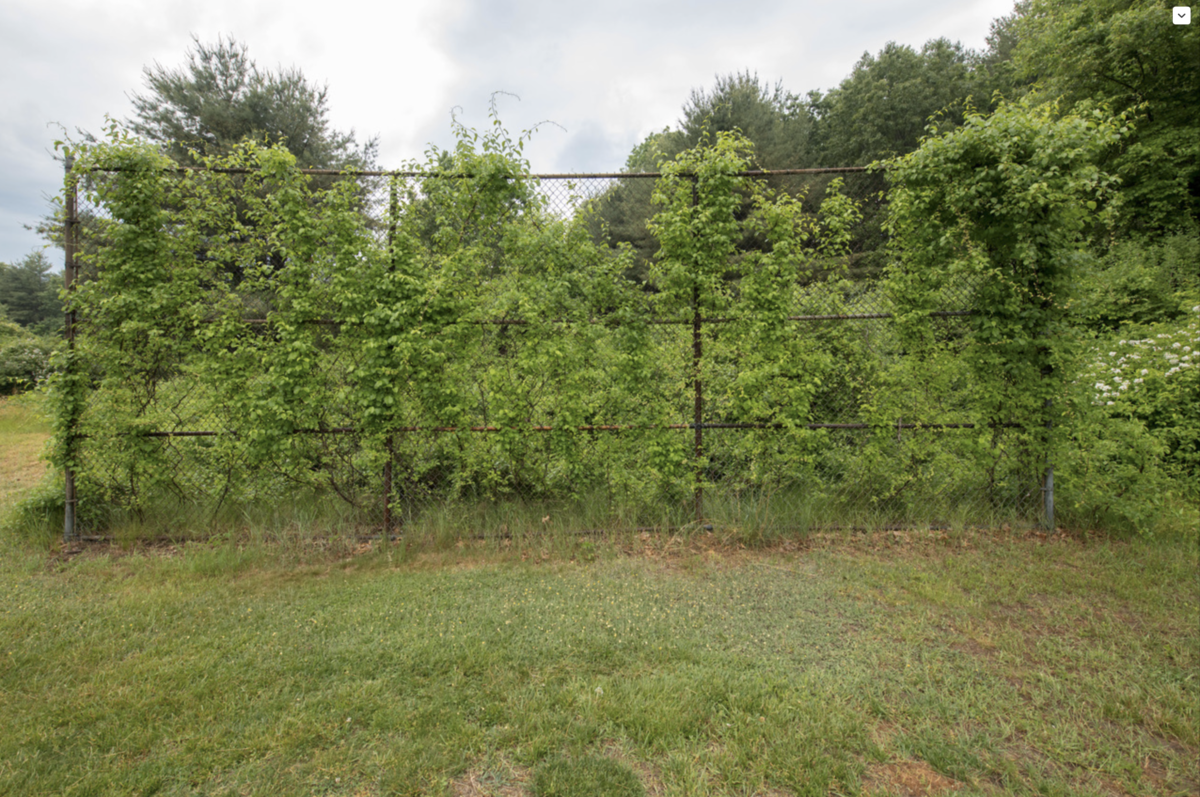
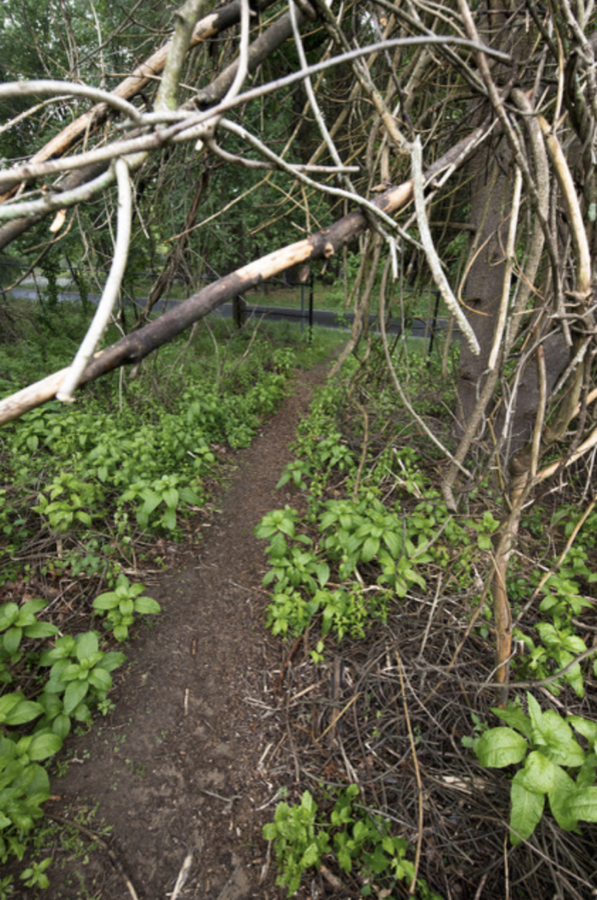
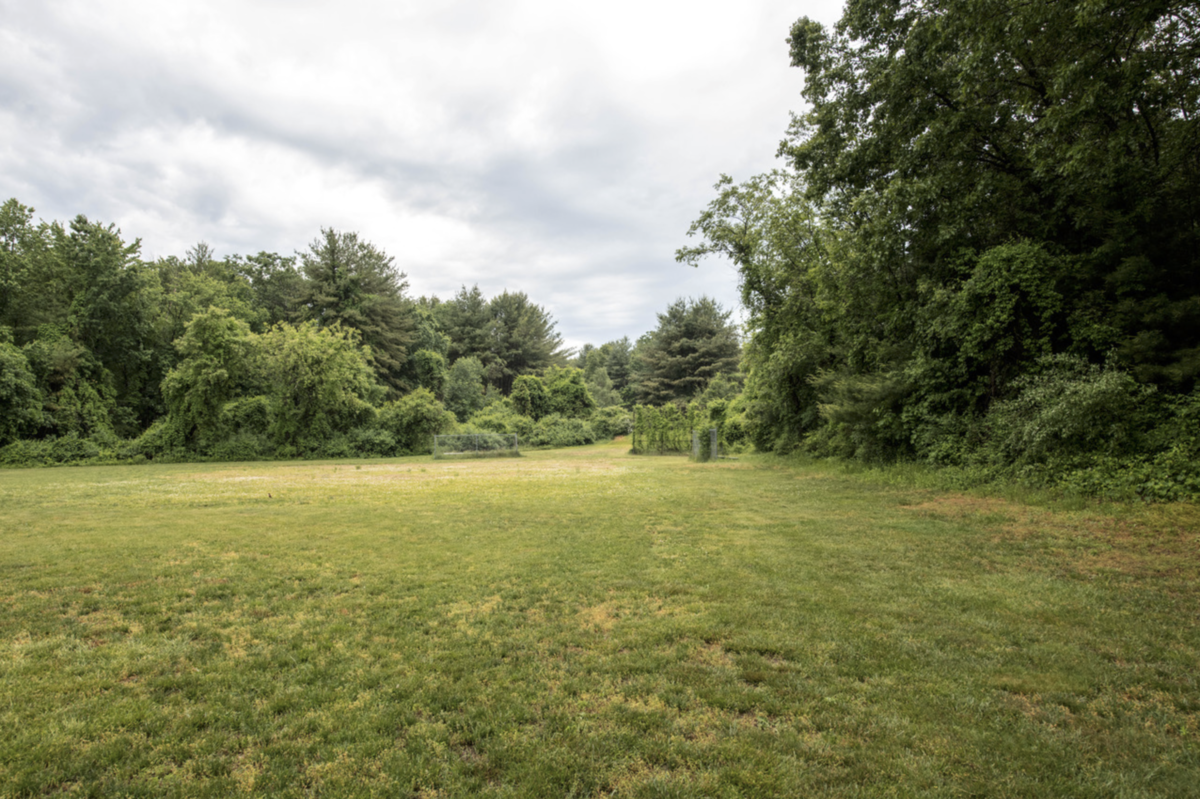
A magical place, resonant with its past use, which seemed to be high school sports. This field belonged to a school that had moved or folded at least moved its athletic field, a mystery here for sure.
After an hour or so, tired from holding the giant of a Nikon, tired of my glasses fogging up, sweating and tired and thinking that I wanted a beer ( a sure sign of waning interest) I turned around and headed out and slogged it back to the car, to ac, to home, to a beer.
I will, of course, have to go back as these are never complete with just one pass anymore. When I was younger I’d blast through one in a couple of hours, sometimes on the road, and never look back. Now, if I find something hot like this, I’ll book into a motel if far away and hit it again the next day, hoping the weather won’t change too much. I used to worry more about continuity.
As there are no rules any more continuity seems like less of an issue.
I will hope for tomorrow for more shooting.
I have over the past few weeks determined that I have a cause. I am tired of good work reaching no acknowledgment. In fact, good work not seen doesn’t exist, really. (There might be a lesson in there for you too). I will endeavor to make my good work be seen.
There may be an opportunity here. Curators not curating, stuck at home. We will see.
Finally: This is a little different, yes? I am showing work in process, something I don't do much. Usually, I show work just completed or go back into earlier work. This is work not even printed yet and maybe not even fully shot. I am trying to show you the process here, not just the end result.
Thank you for indulging me.
Addendum: Since writing this I have been back to the field several times to photograph. Different approaches, different light, different times of the day. The series is now becoming large enough to become a portfolio when printed. Can't wait.
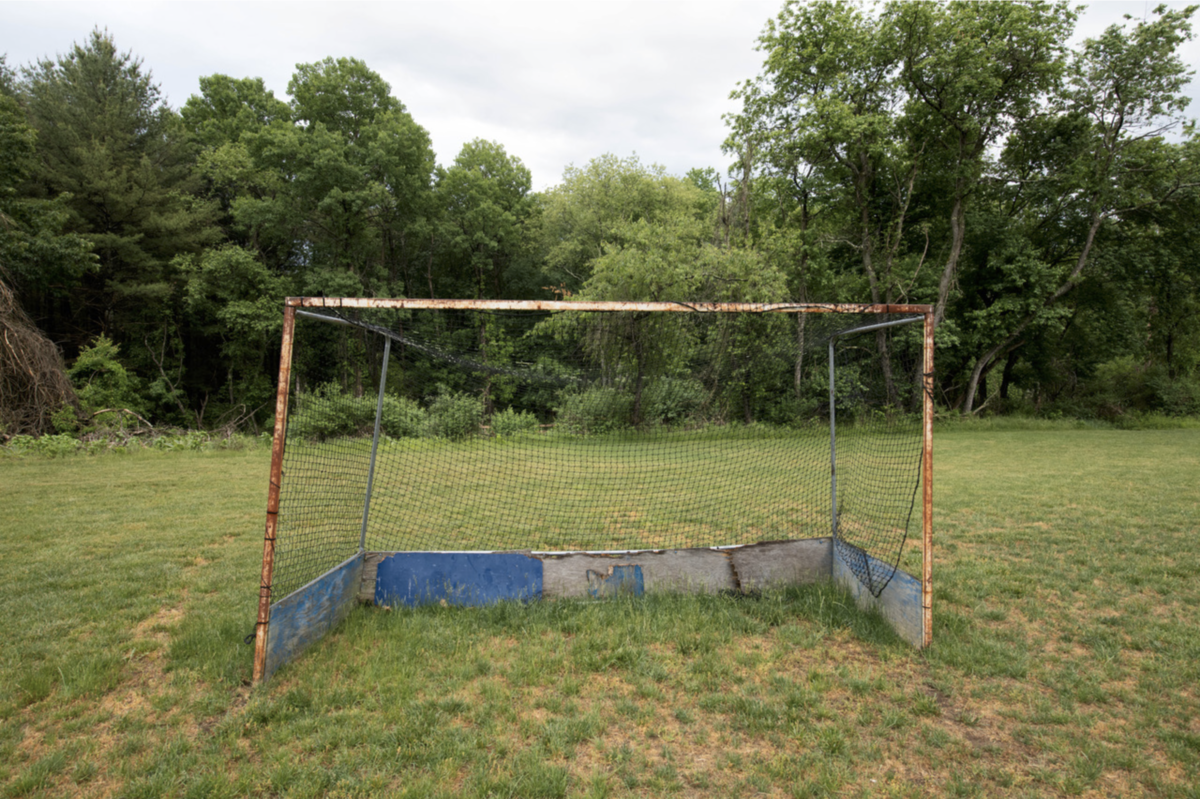
Stay tuned.
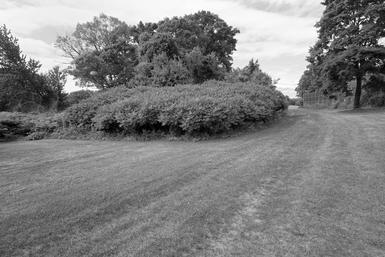
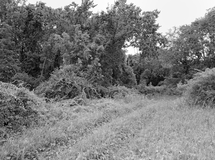
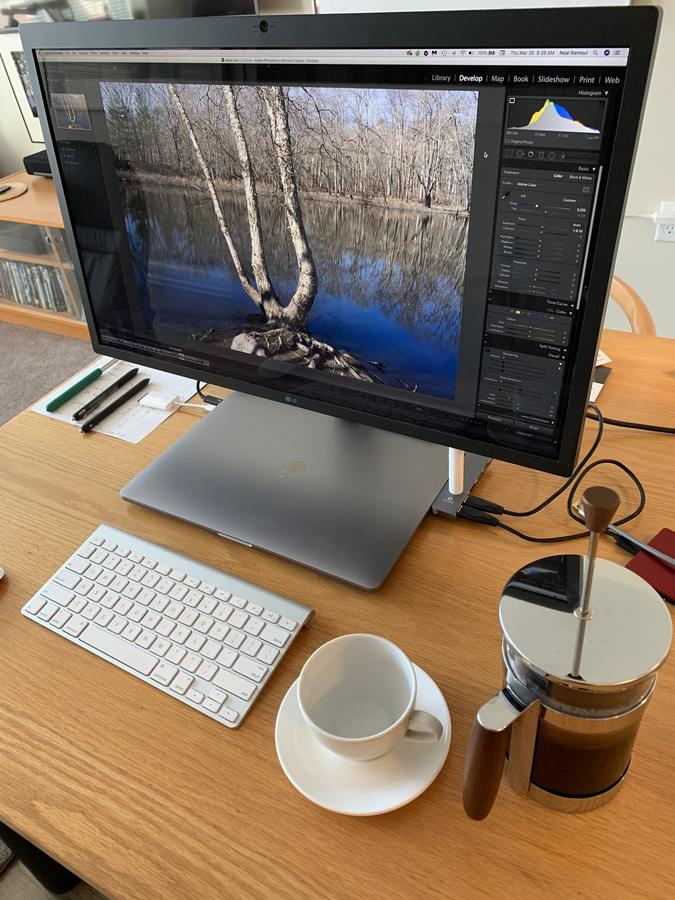
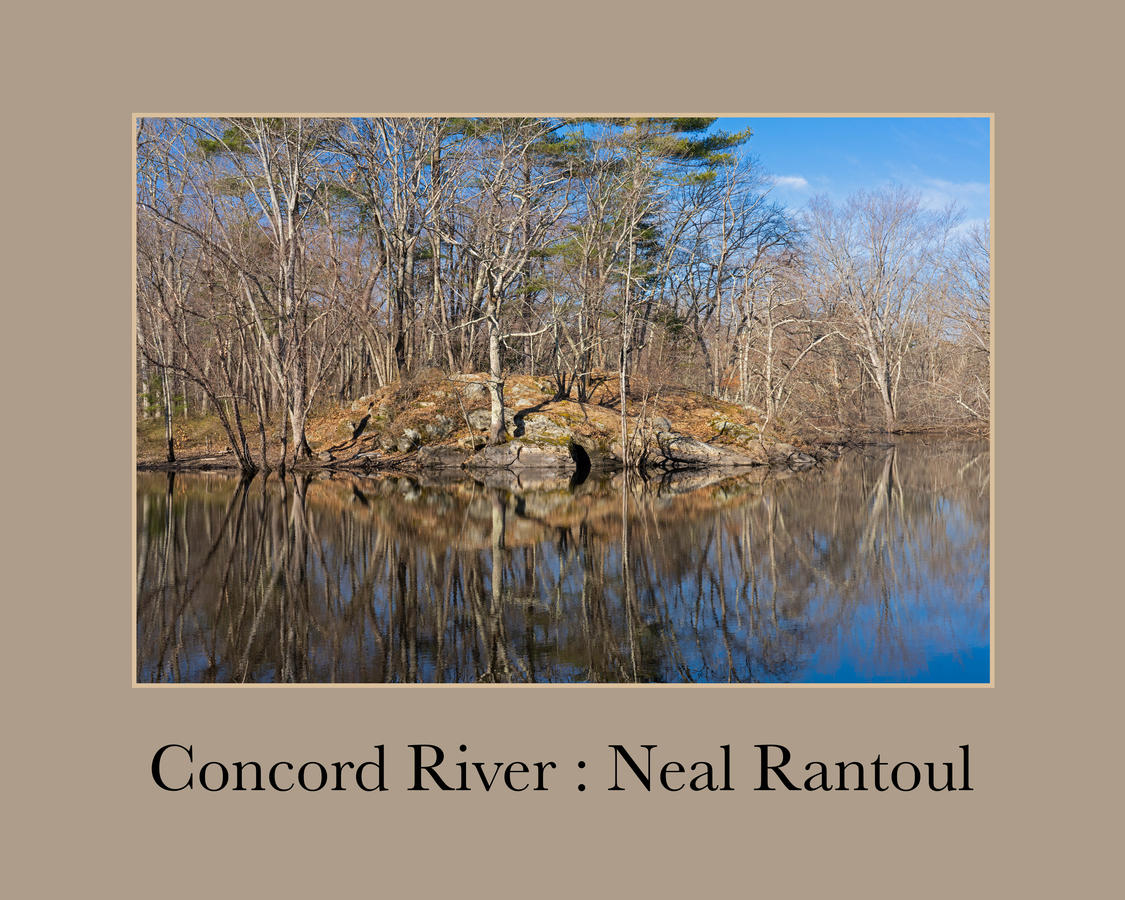
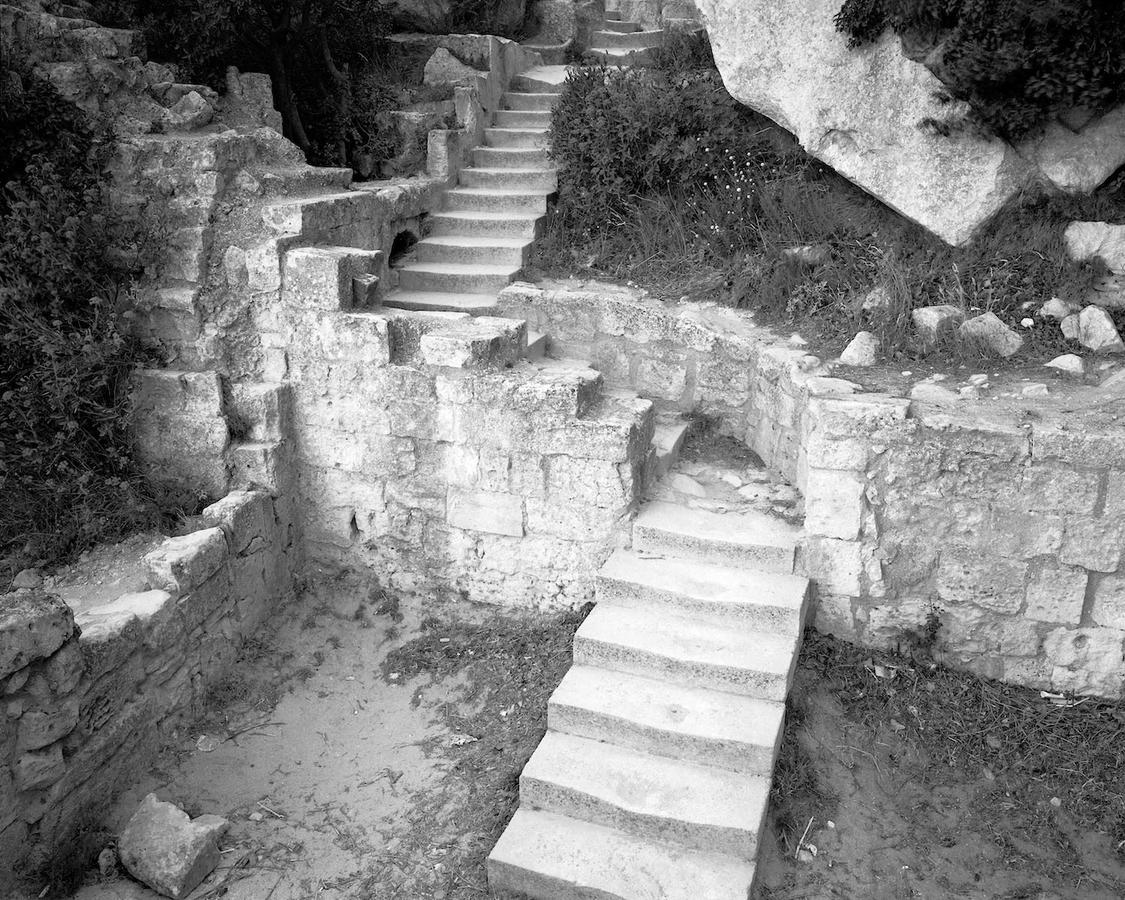 to scan, to clean with the cloning tool in PS and make ready for printing. Although Jillian does many other things for me and is most valued for all that she does, this is her primary role.
to scan, to clean with the cloning tool in PS and make ready for printing. Although Jillian does many other things for me and is most valued for all that she does, this is her primary role. 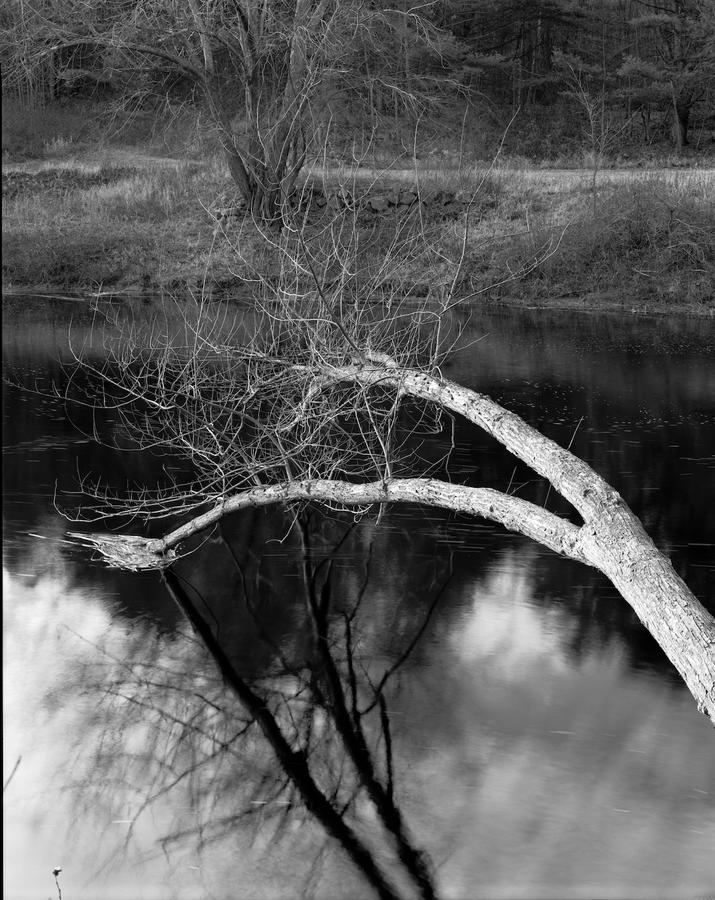
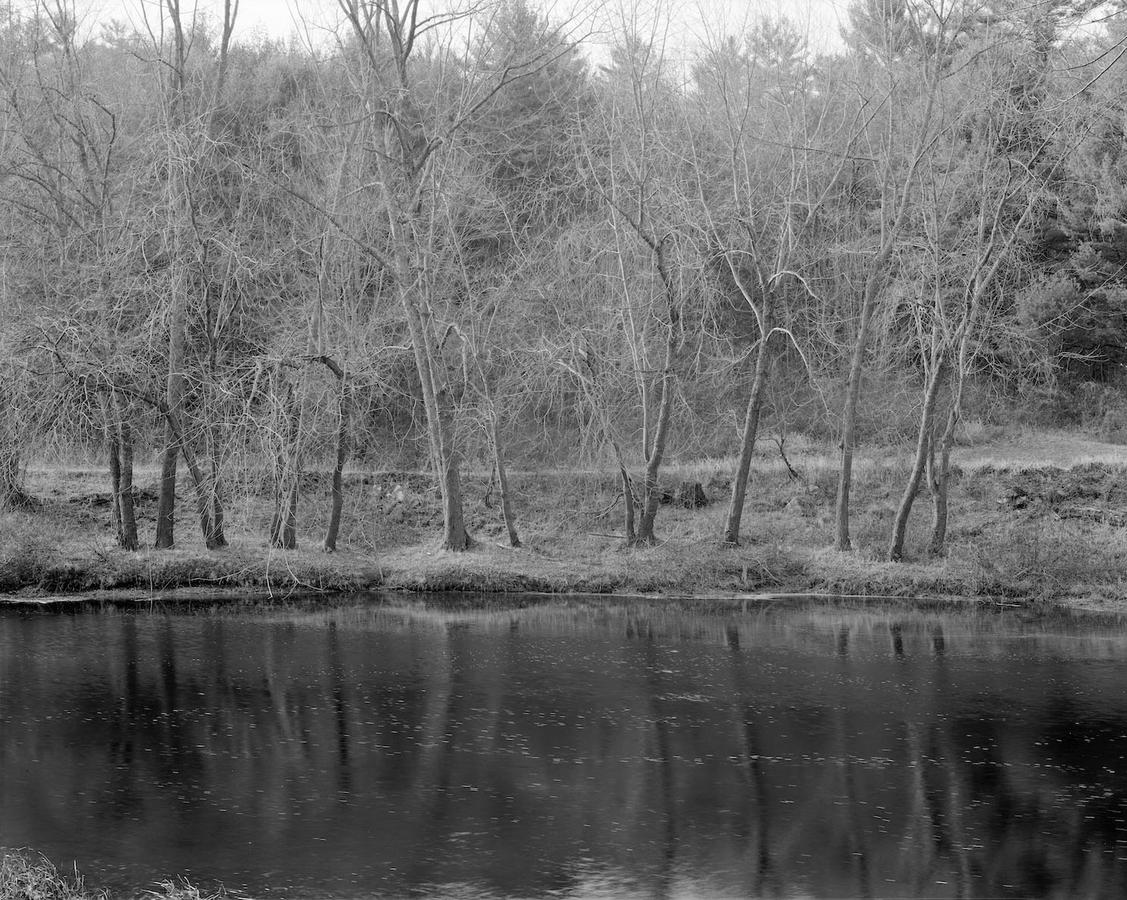
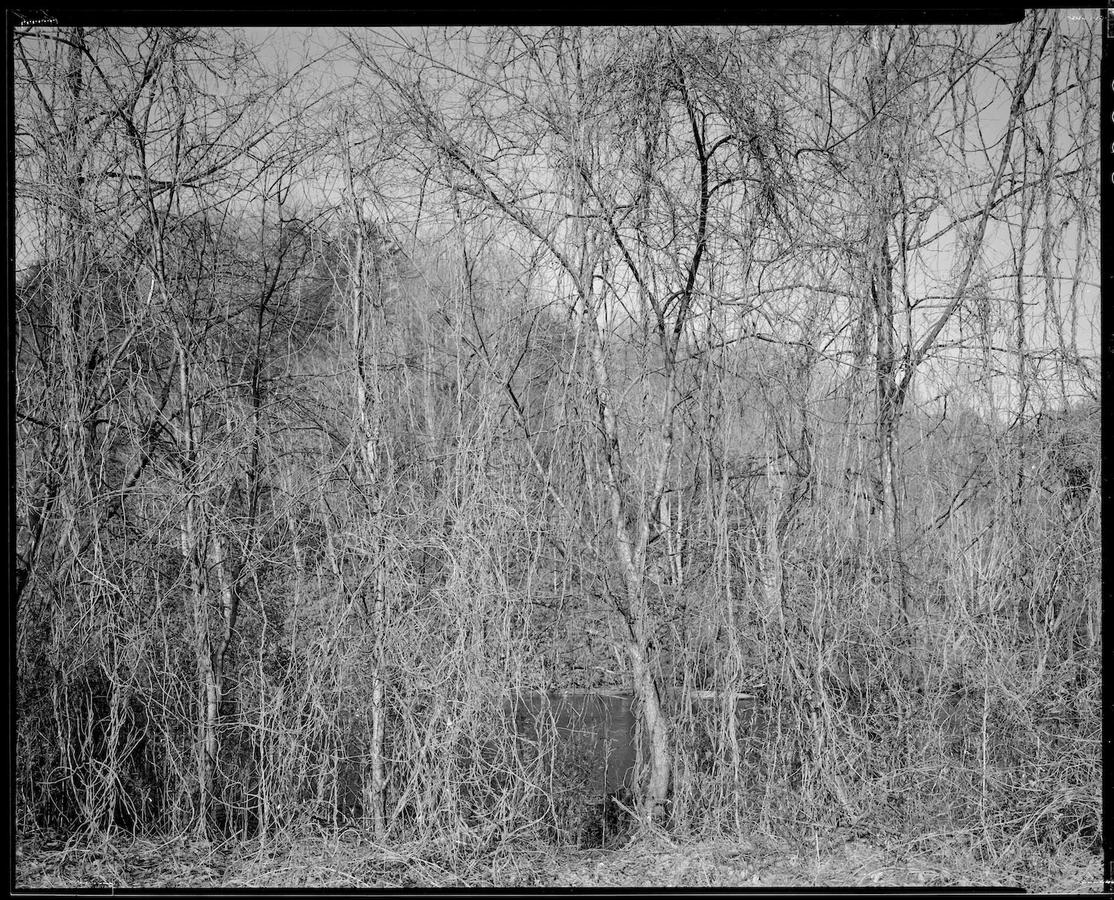
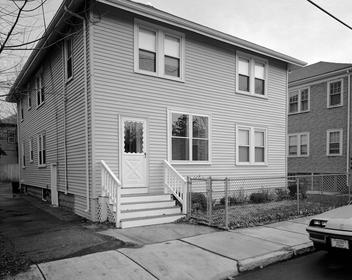
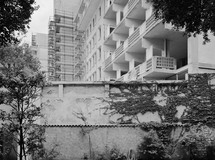
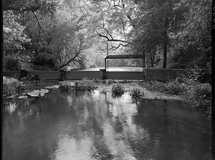
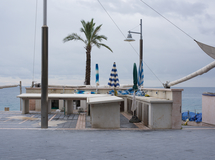
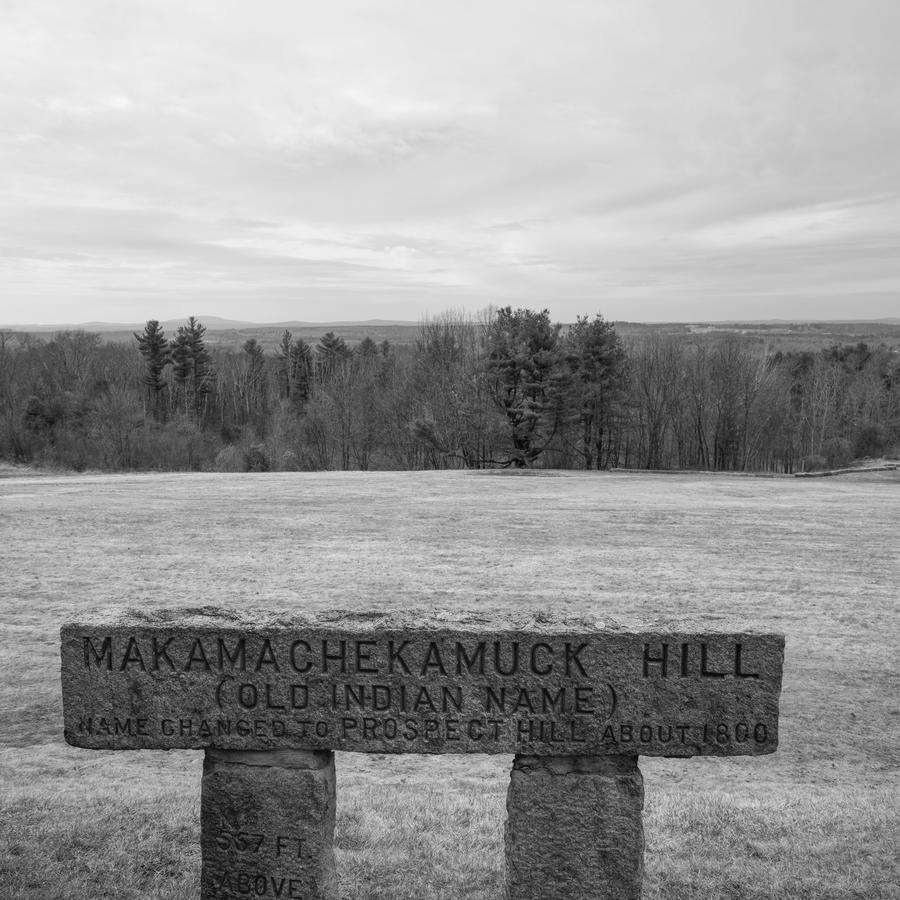
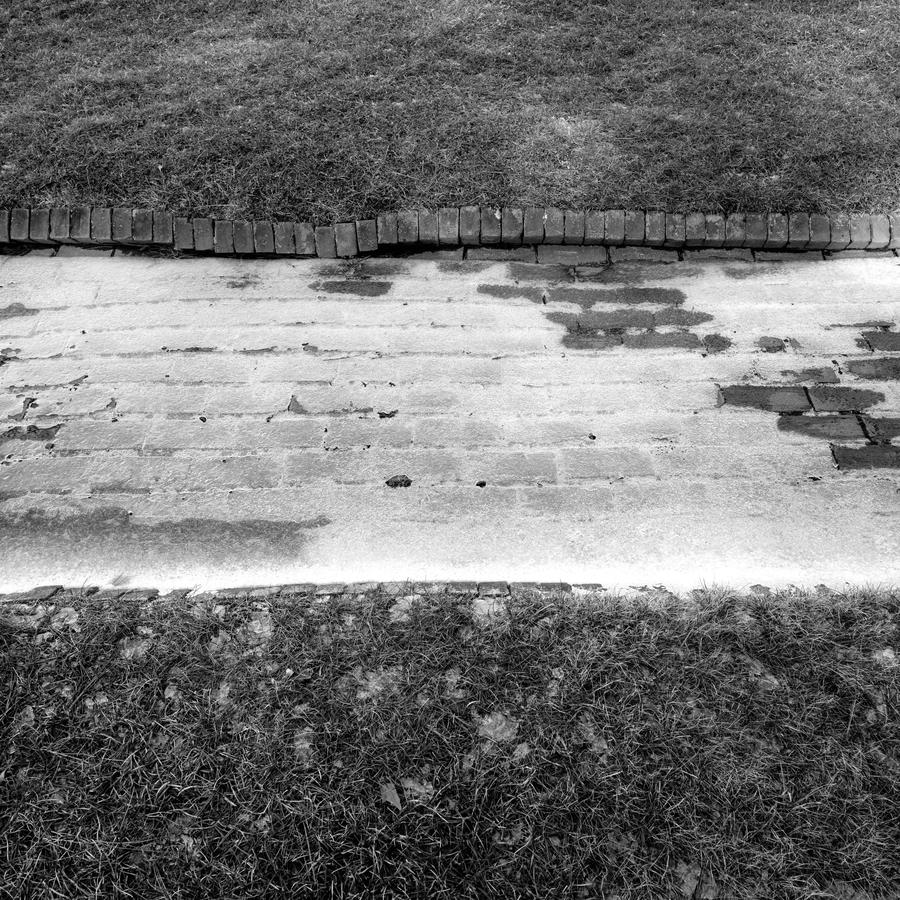
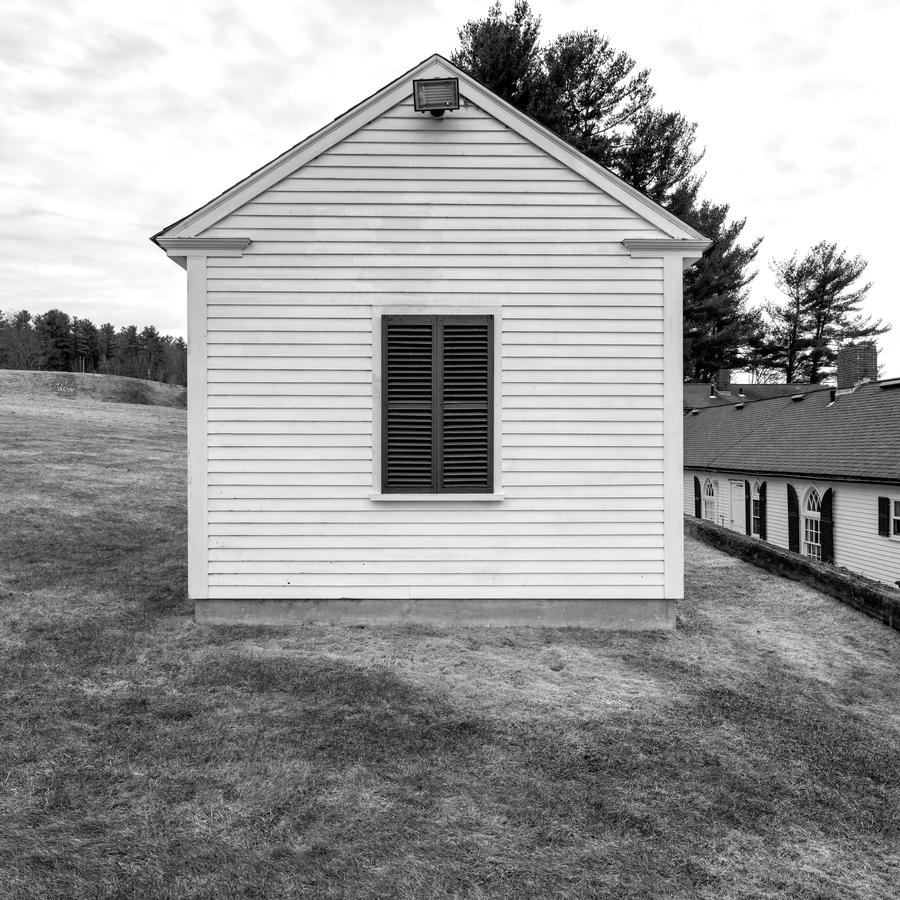
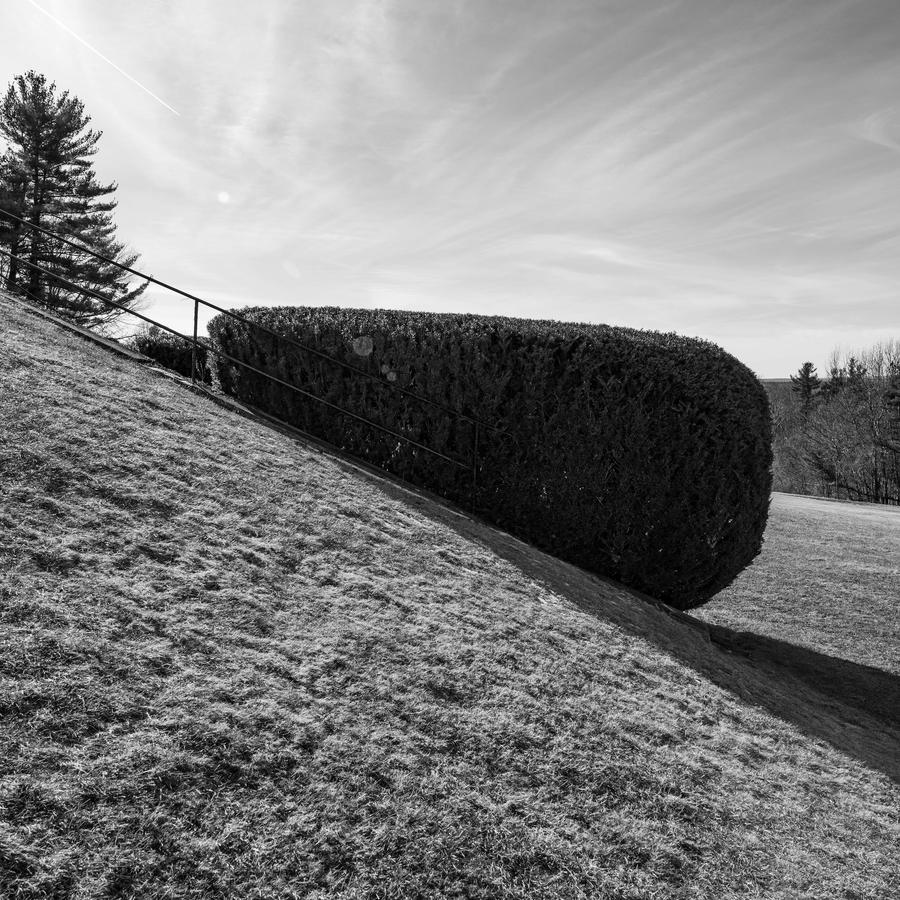
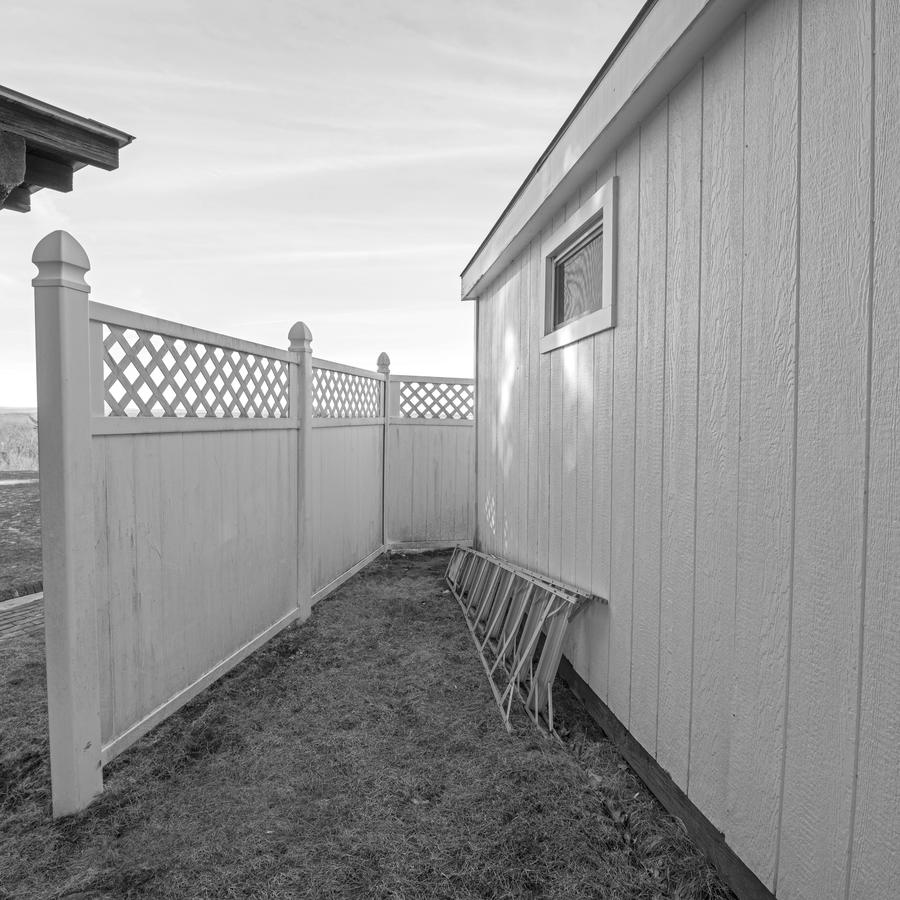
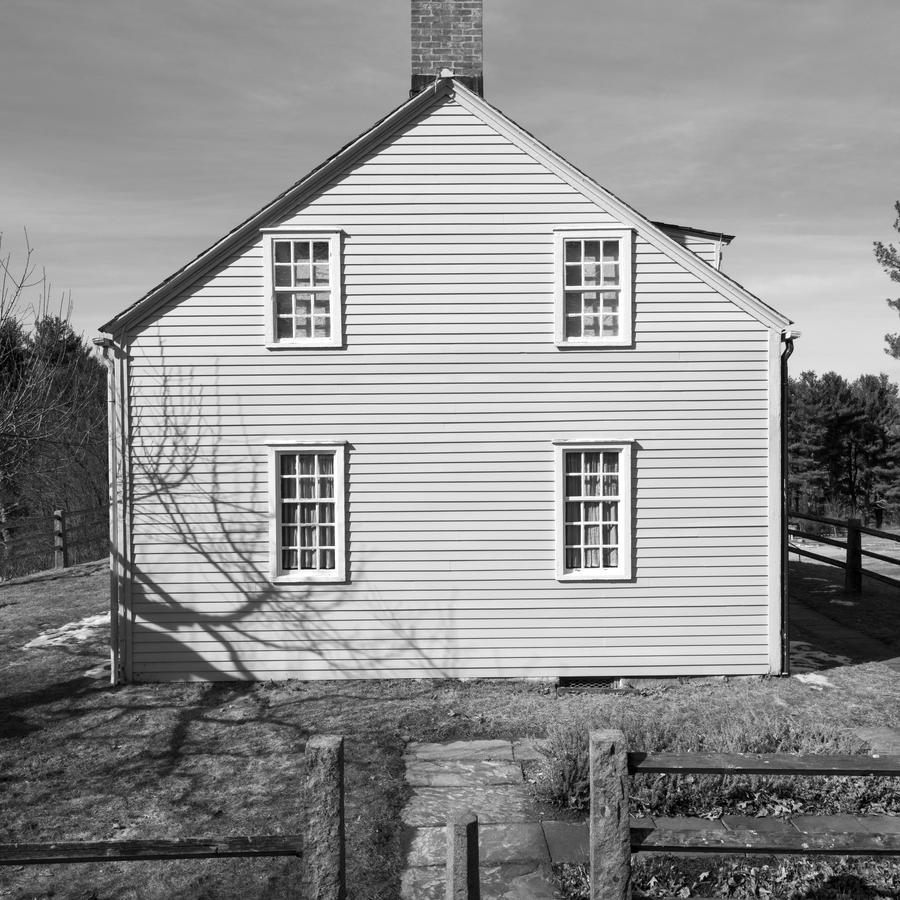
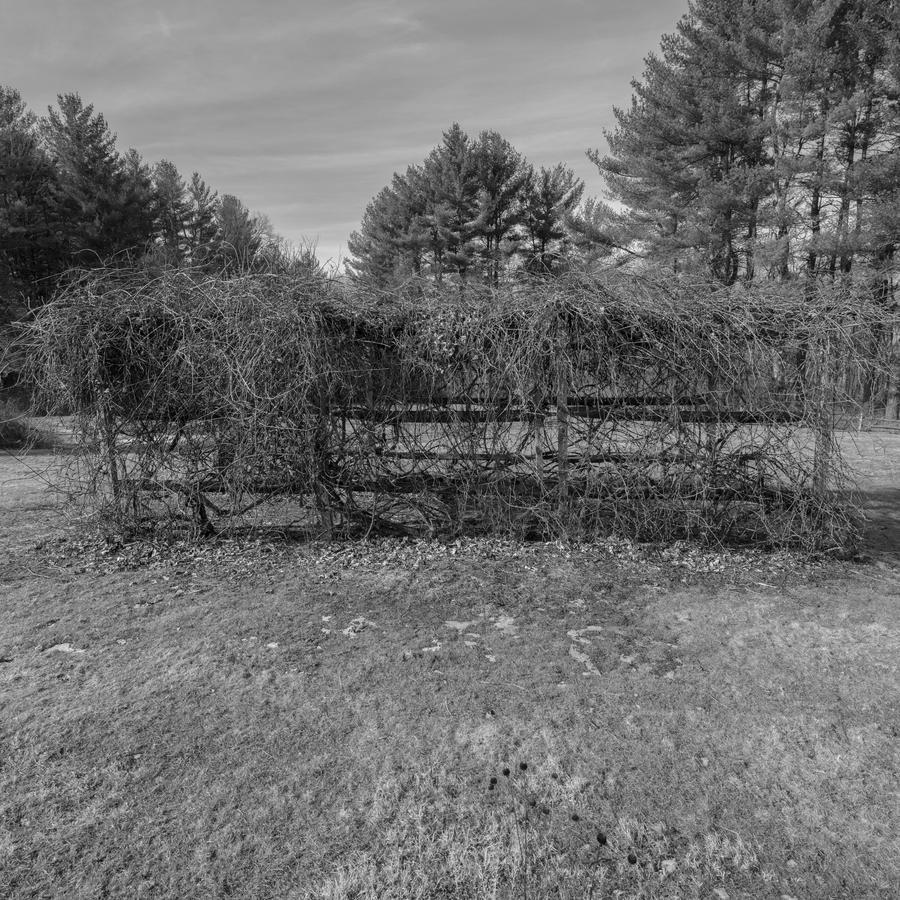
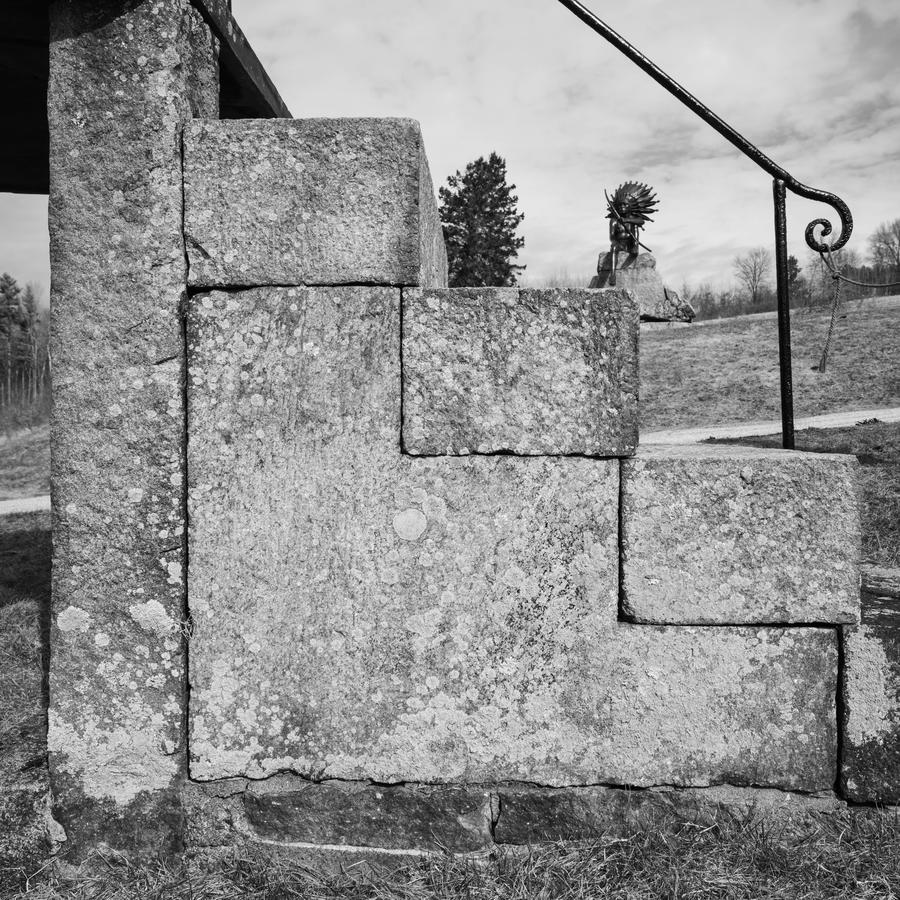
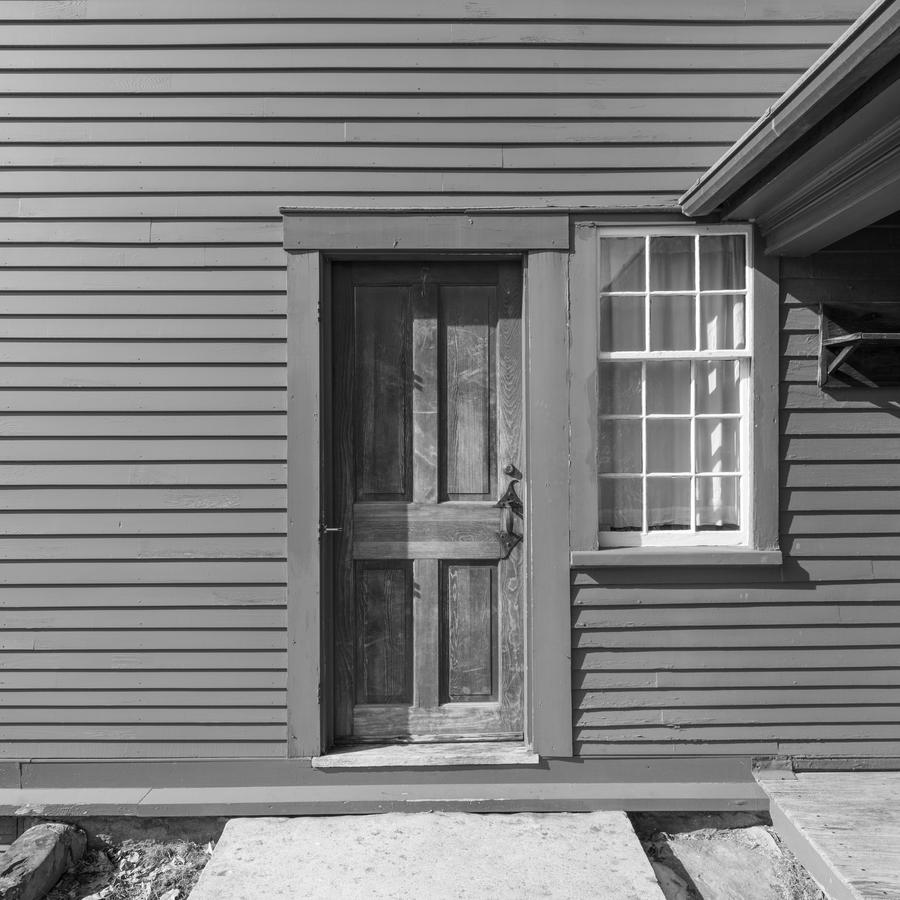
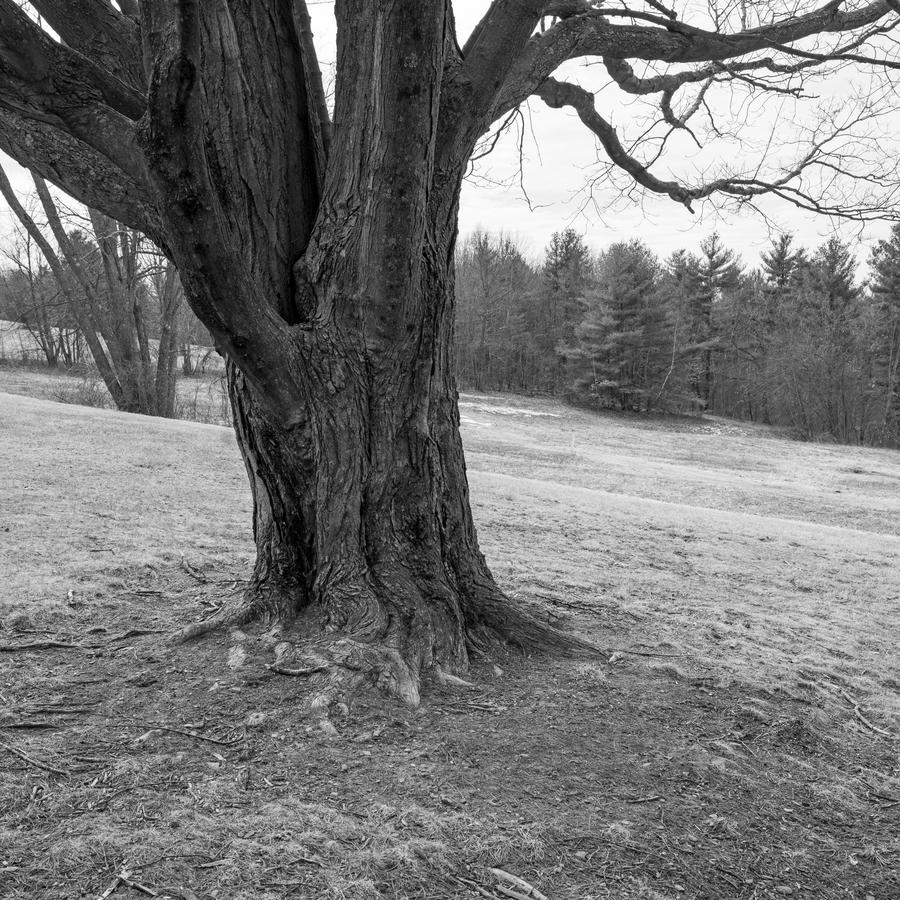
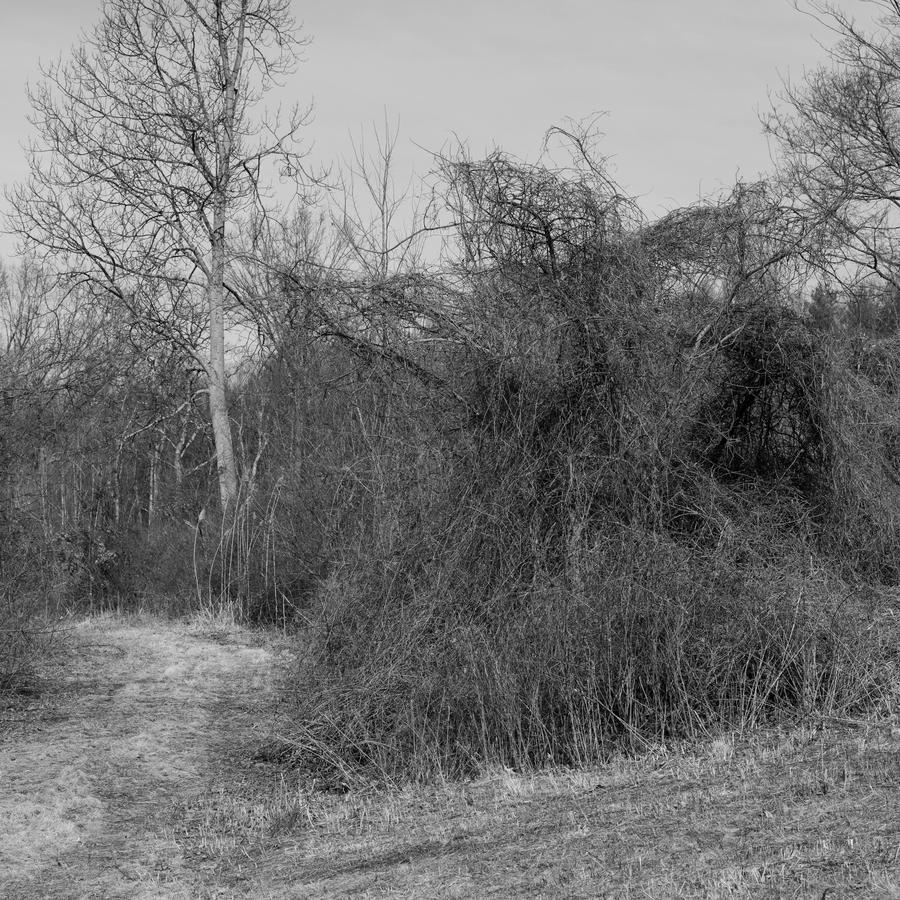
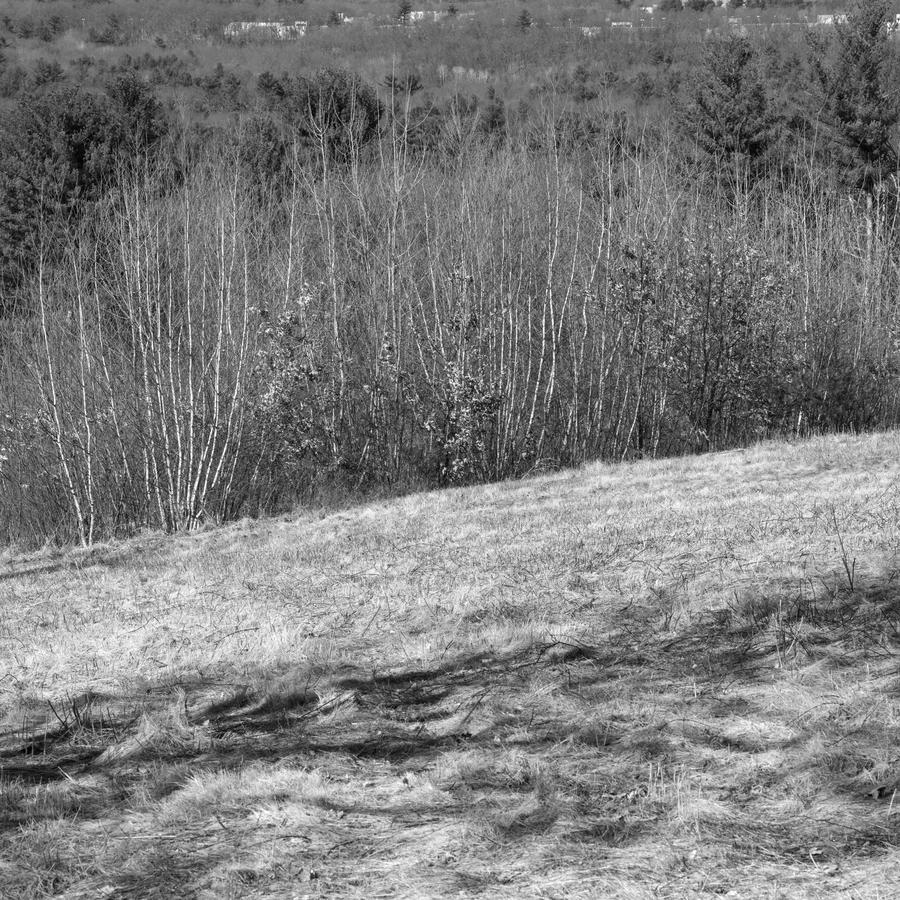
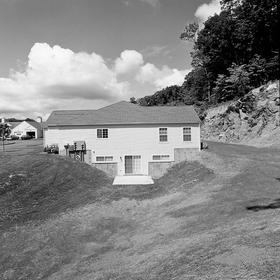
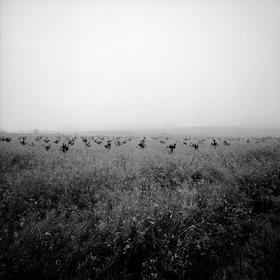

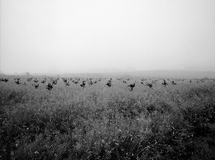
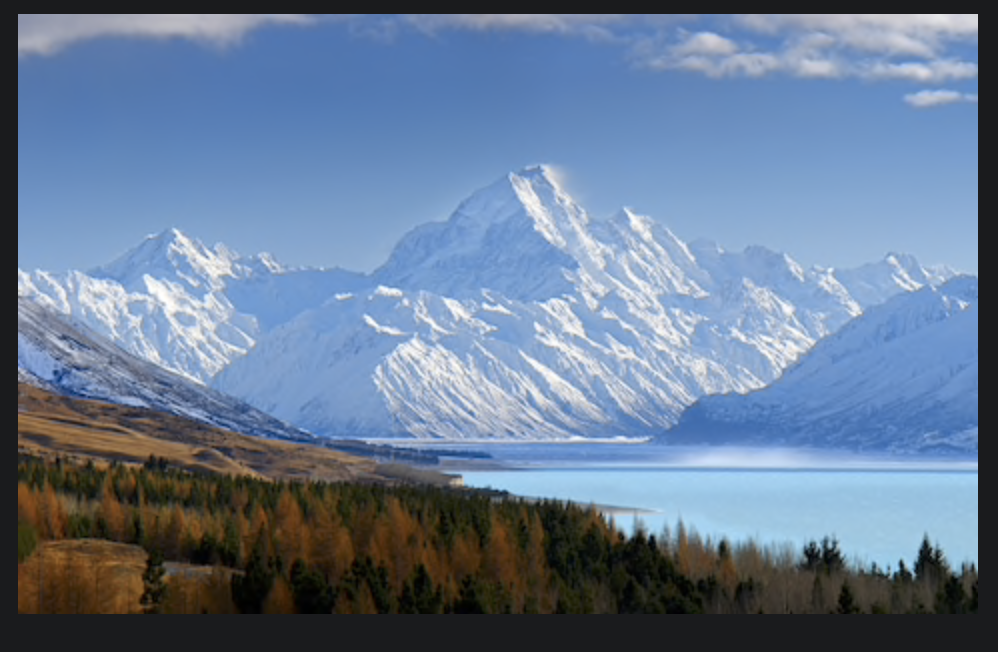

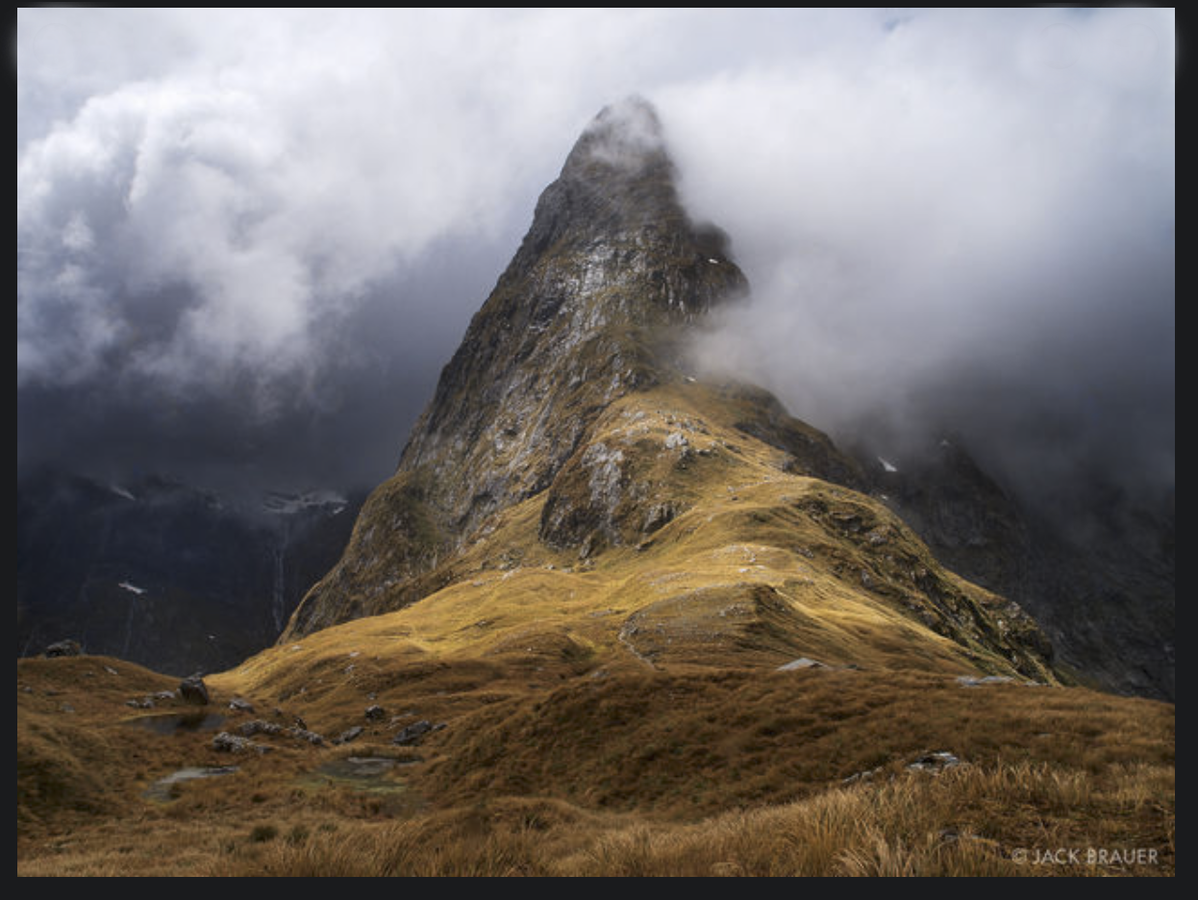
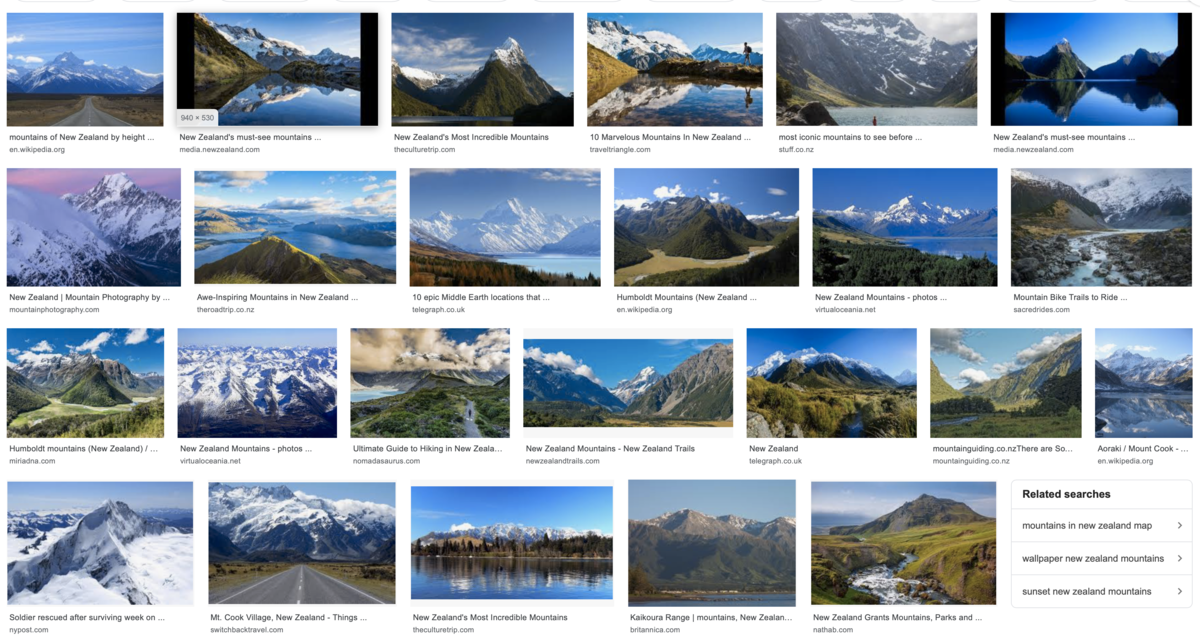
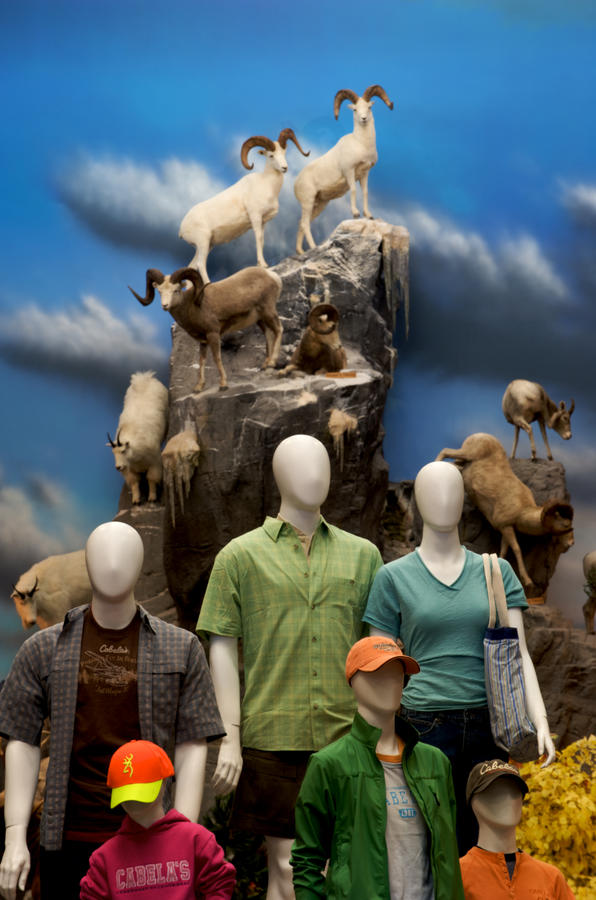 Cabela's, Nebraska, 2005
Cabela's, Nebraska, 2005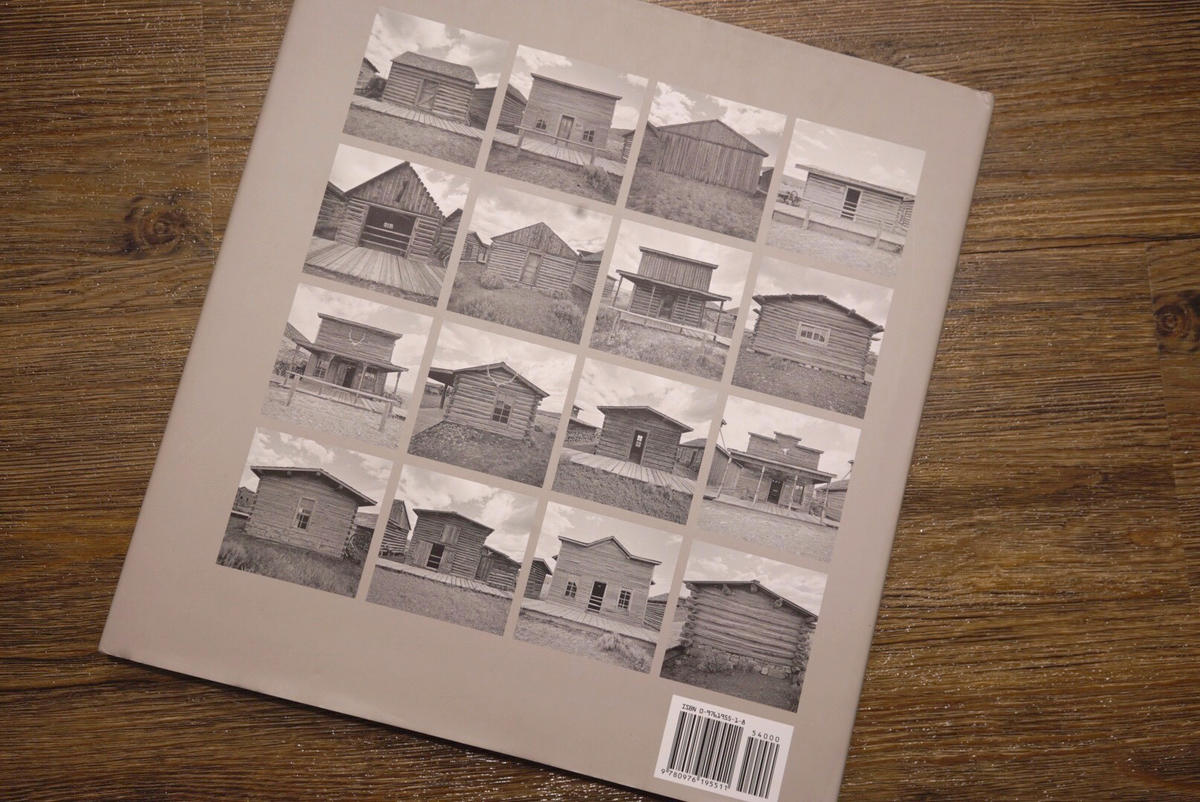 back cover American Series, Cody Wyoming, photographs by Neal Rantoul 2005
back cover American Series, Cody Wyoming, photographs by Neal Rantoul 2005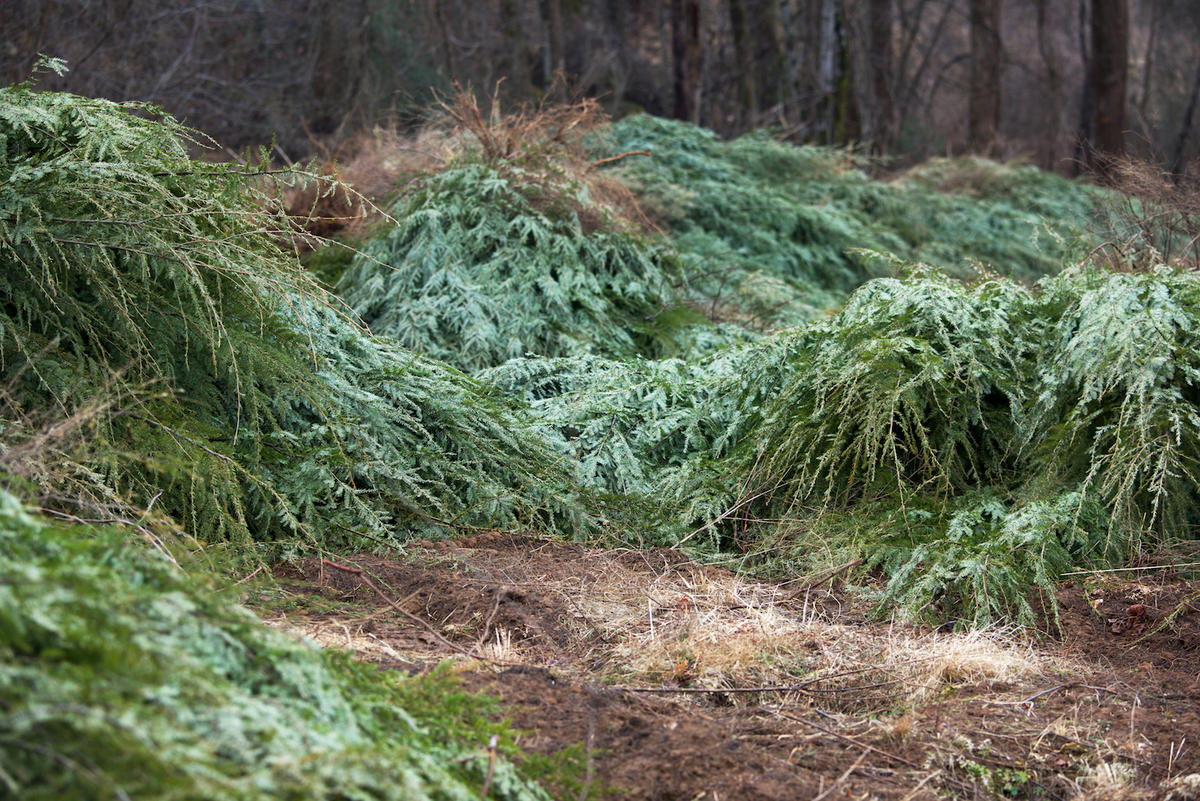 cut Xmas trees, Spruce Pine, NC
cut Xmas trees, Spruce Pine, NC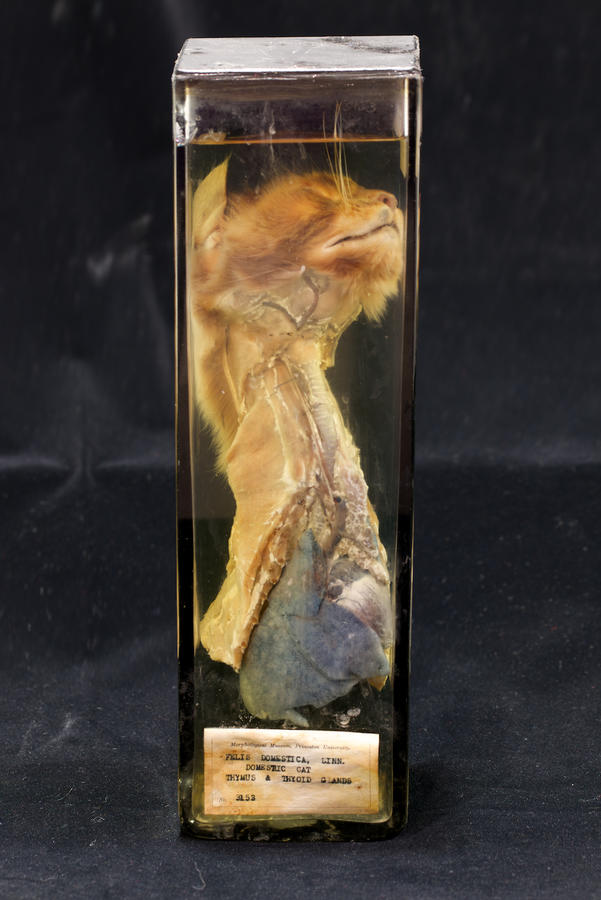 Museum of Health and Medicine, Bethesda, MD
Museum of Health and Medicine, Bethesda, MD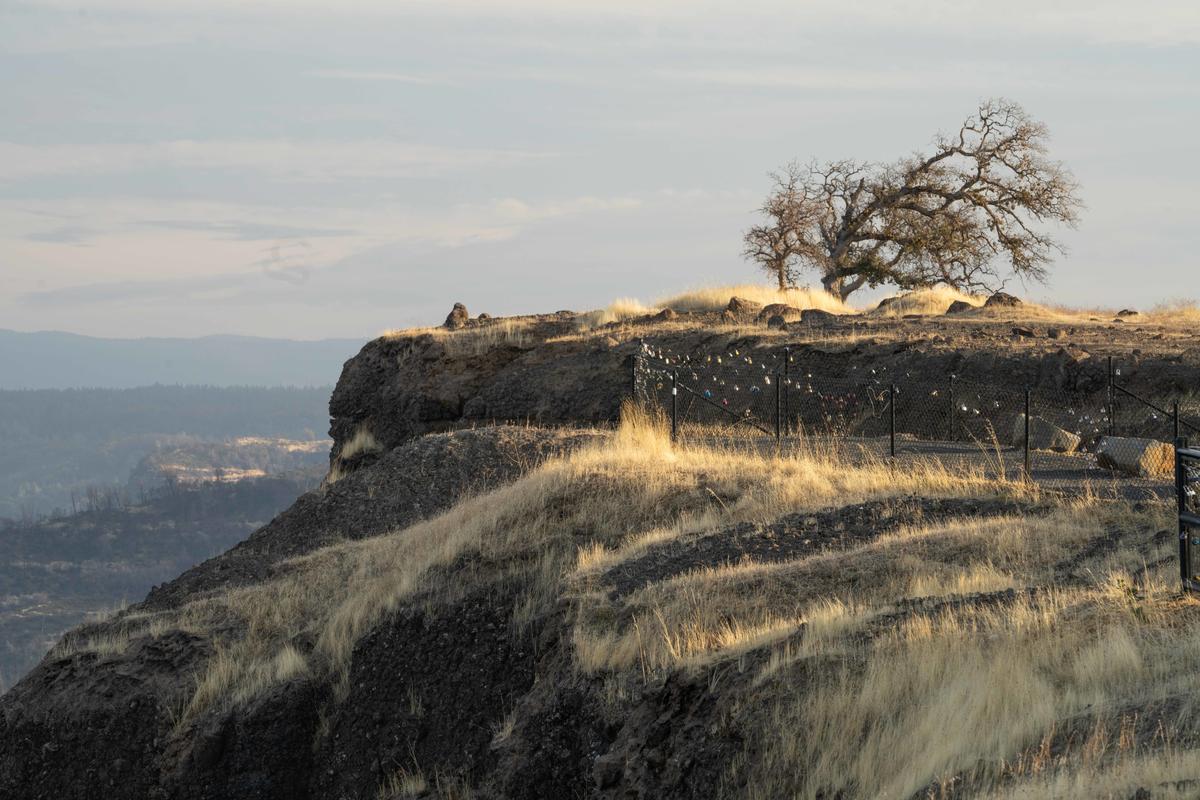 Paradise, CA 11/2019
Paradise, CA 11/2019
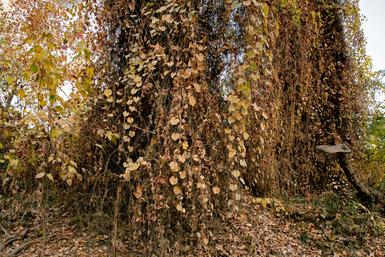
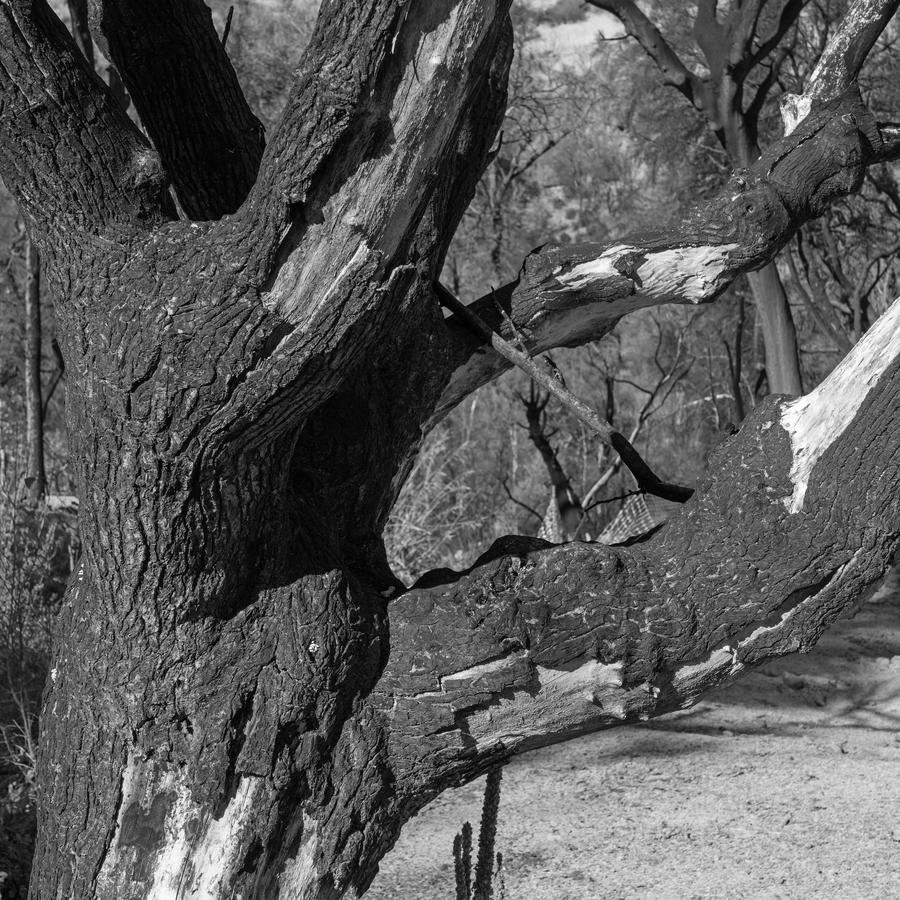
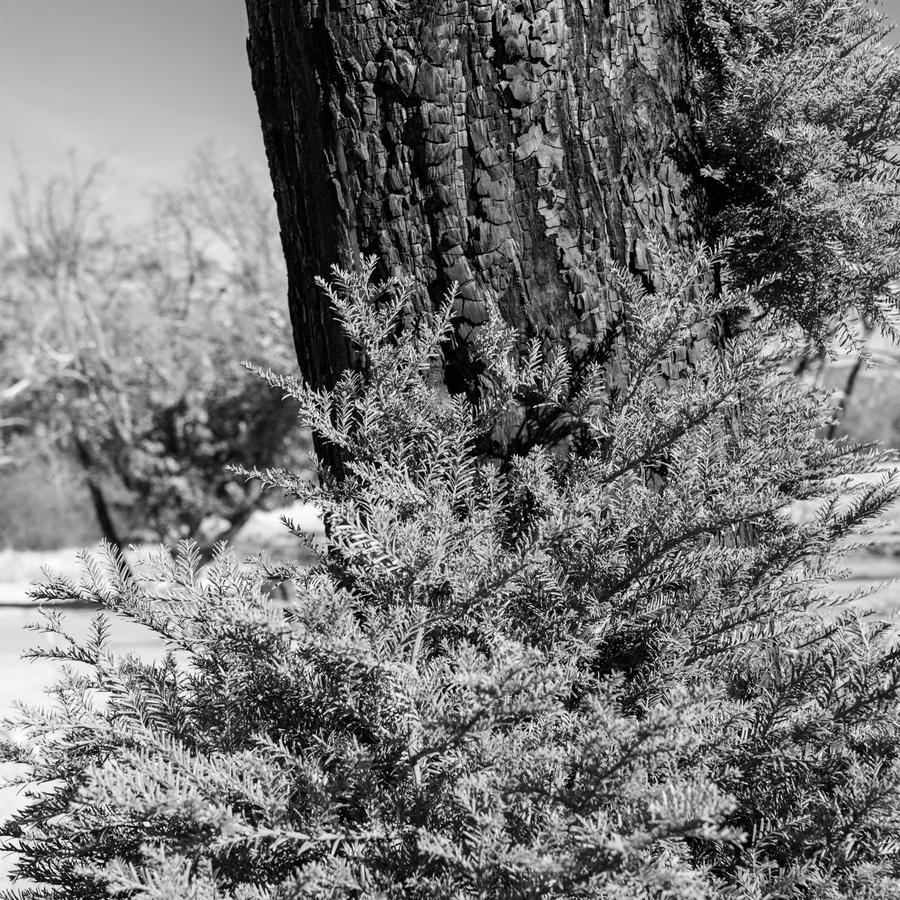
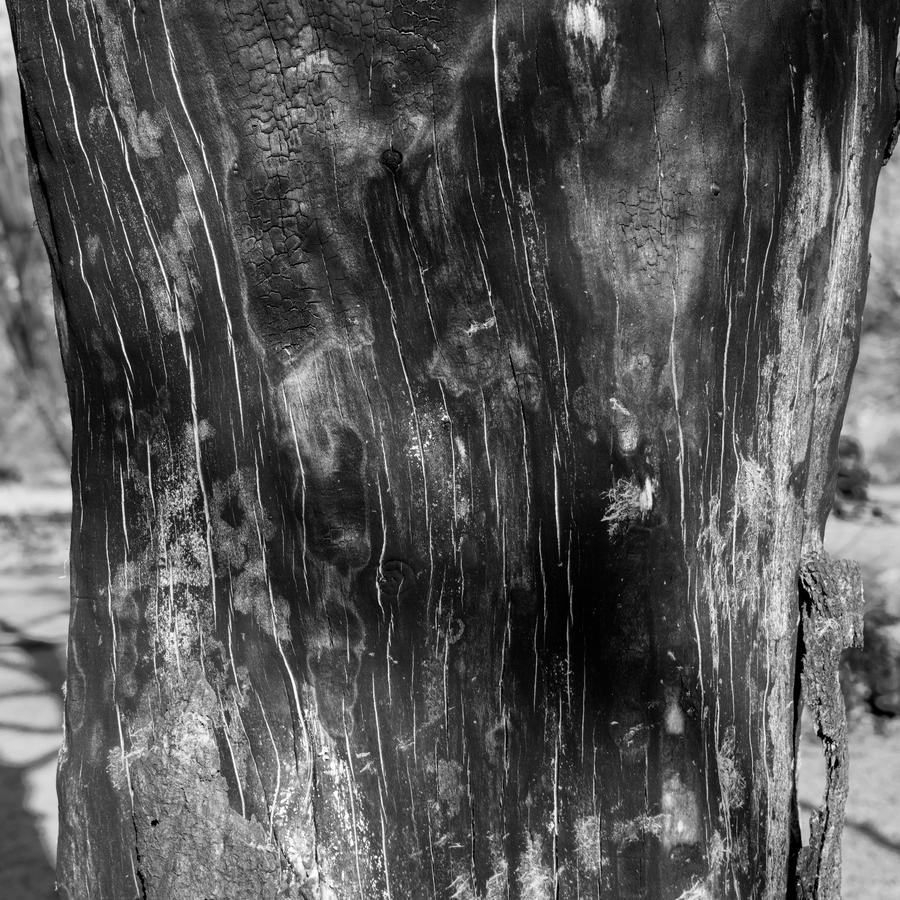
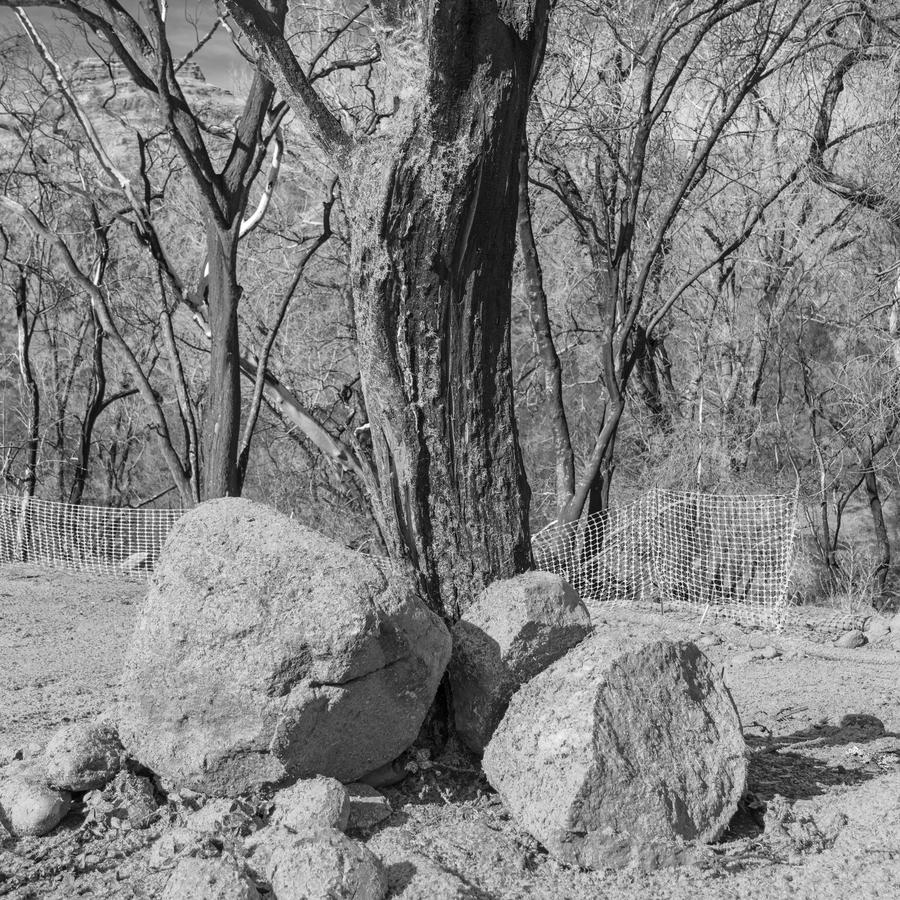 This career artist doesn't always know why he's doing things. That sounds bizarre I know, but it is true. I discover things from the pictures I make. Yes, I made some conscious decisions here: convert the camera to 1:1, make the files in post into black and whites. So, I was working towards higher specificity in these pictures.
This career artist doesn't always know why he's doing things. That sounds bizarre I know, but it is true. I discover things from the pictures I make. Yes, I made some conscious decisions here: convert the camera to 1:1, make the files in post into black and whites. So, I was working towards higher specificity in these pictures.